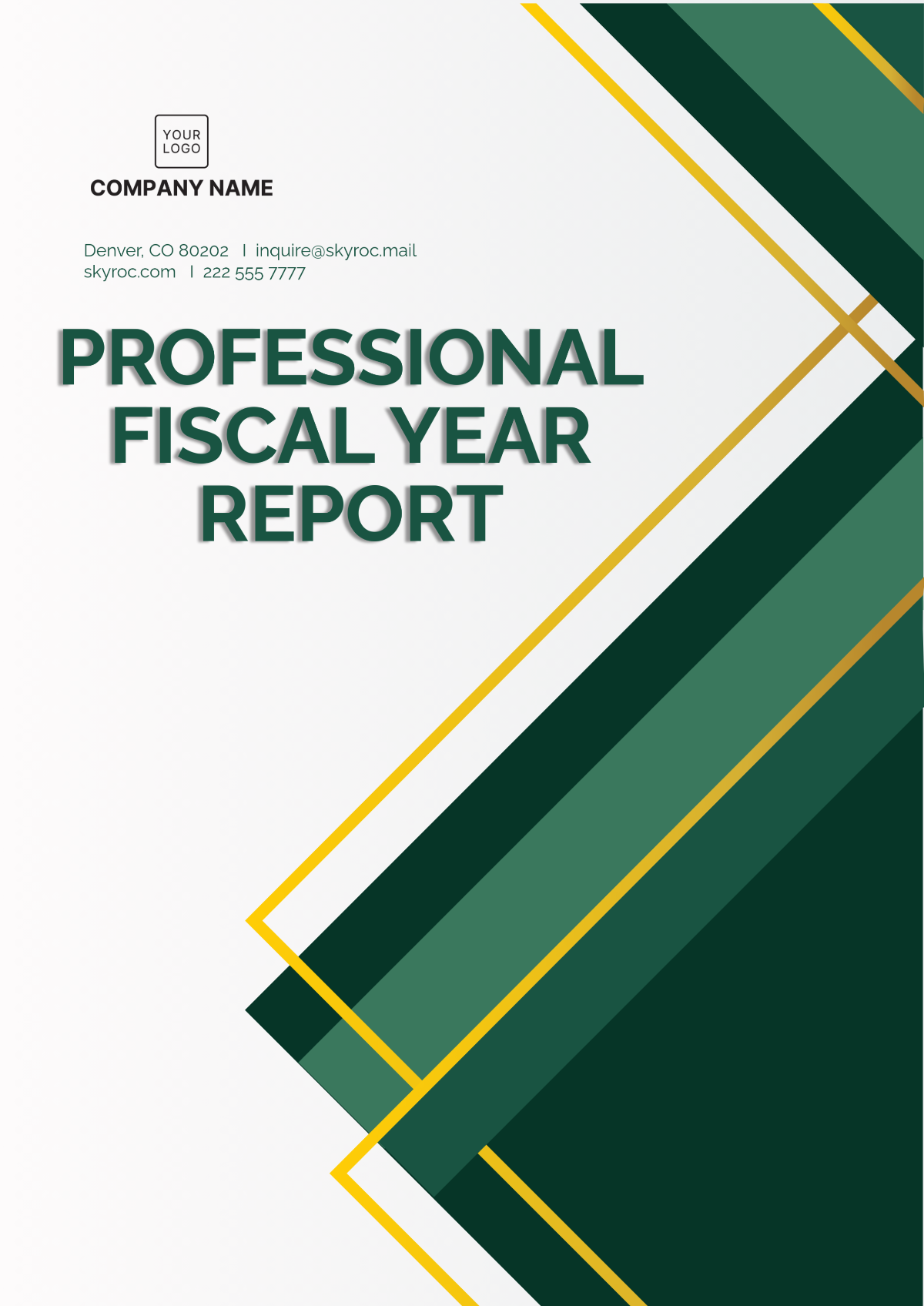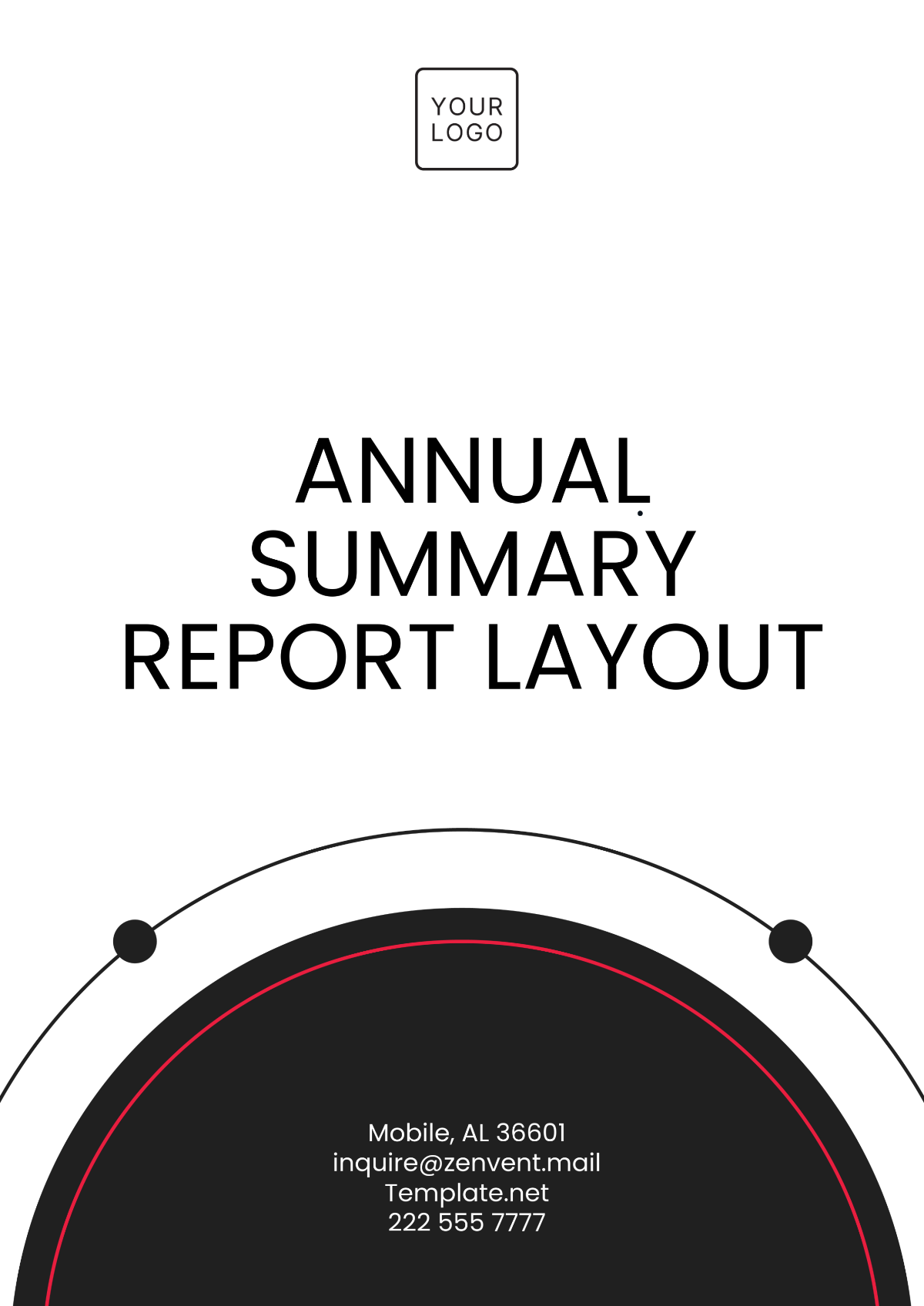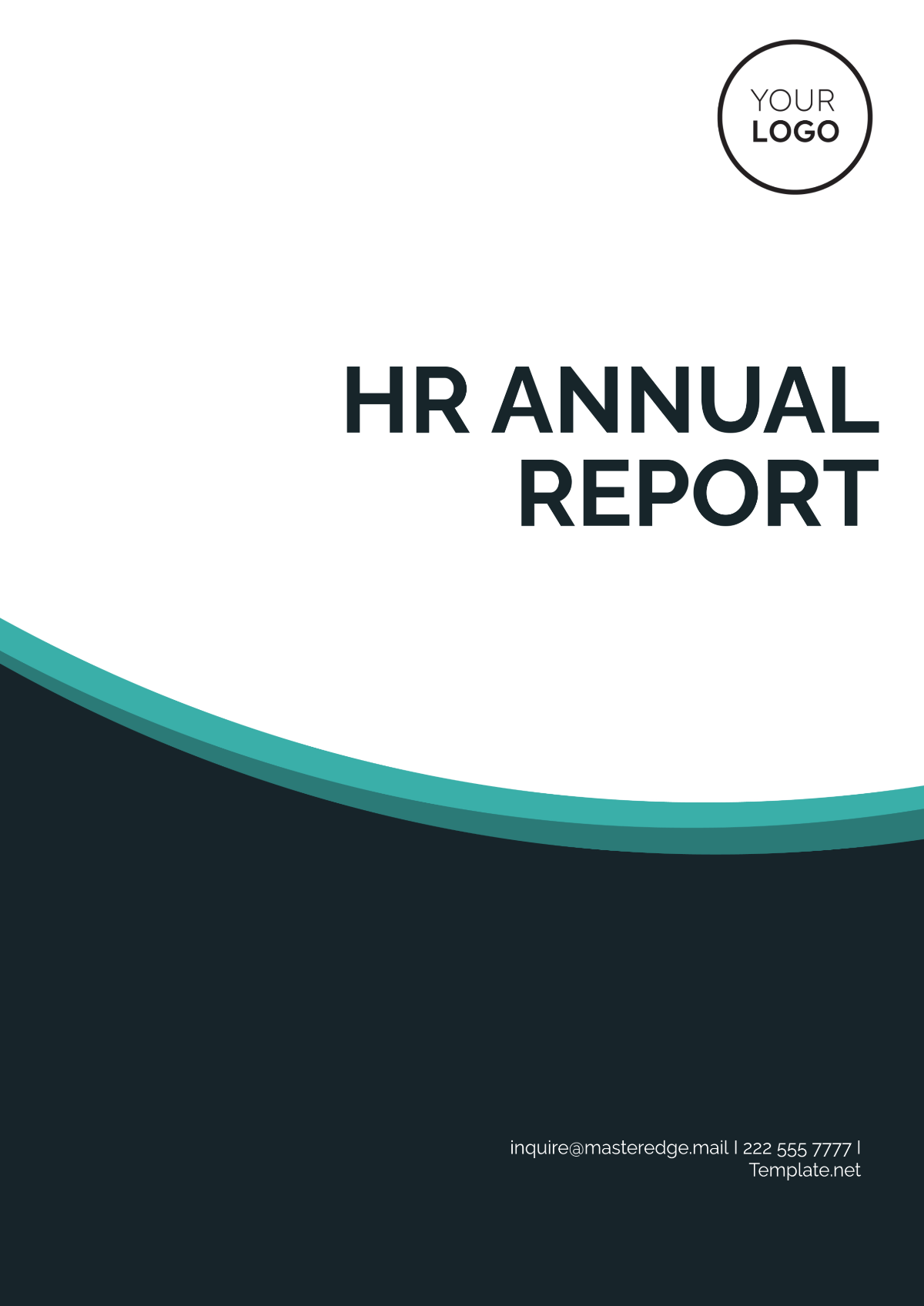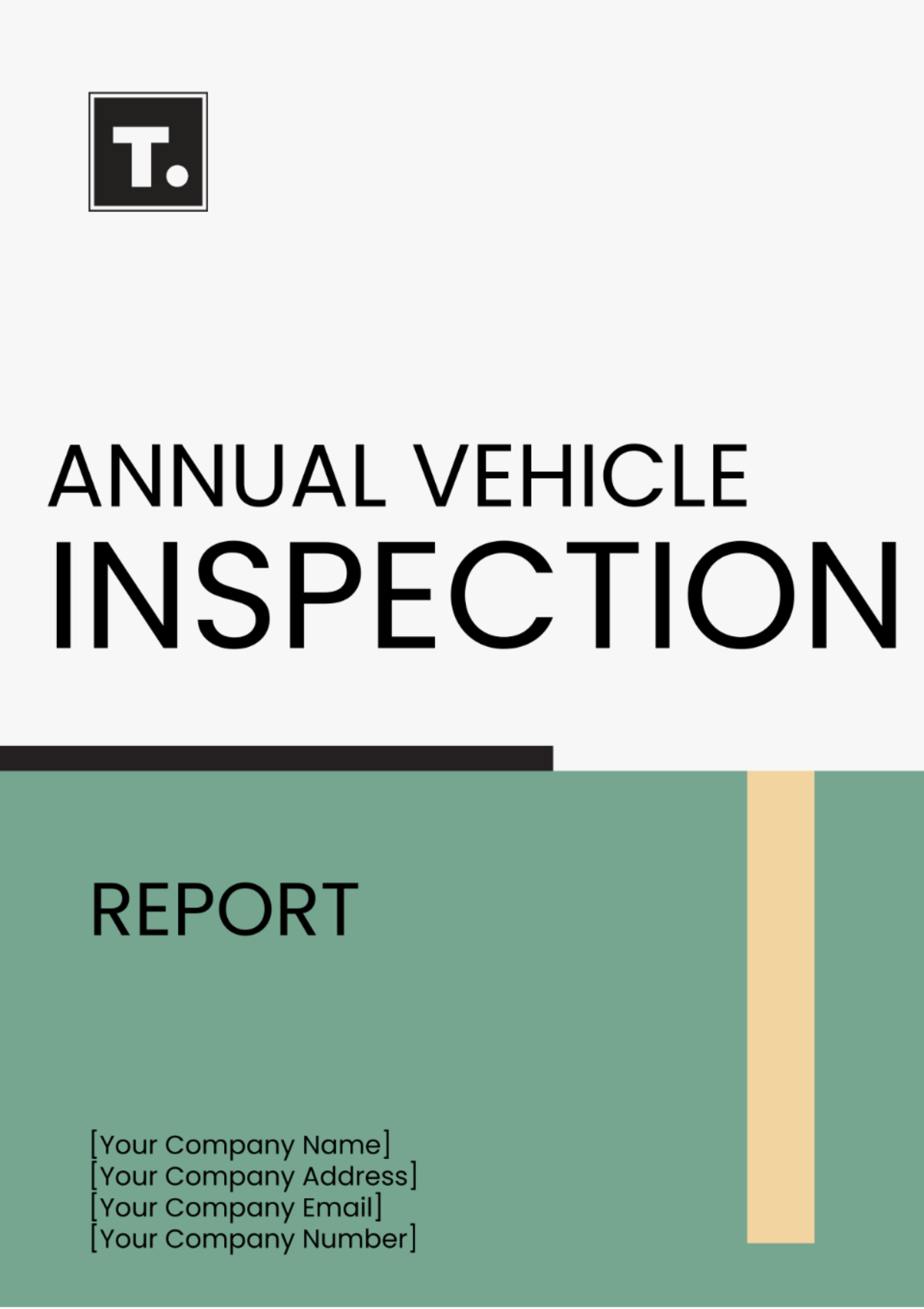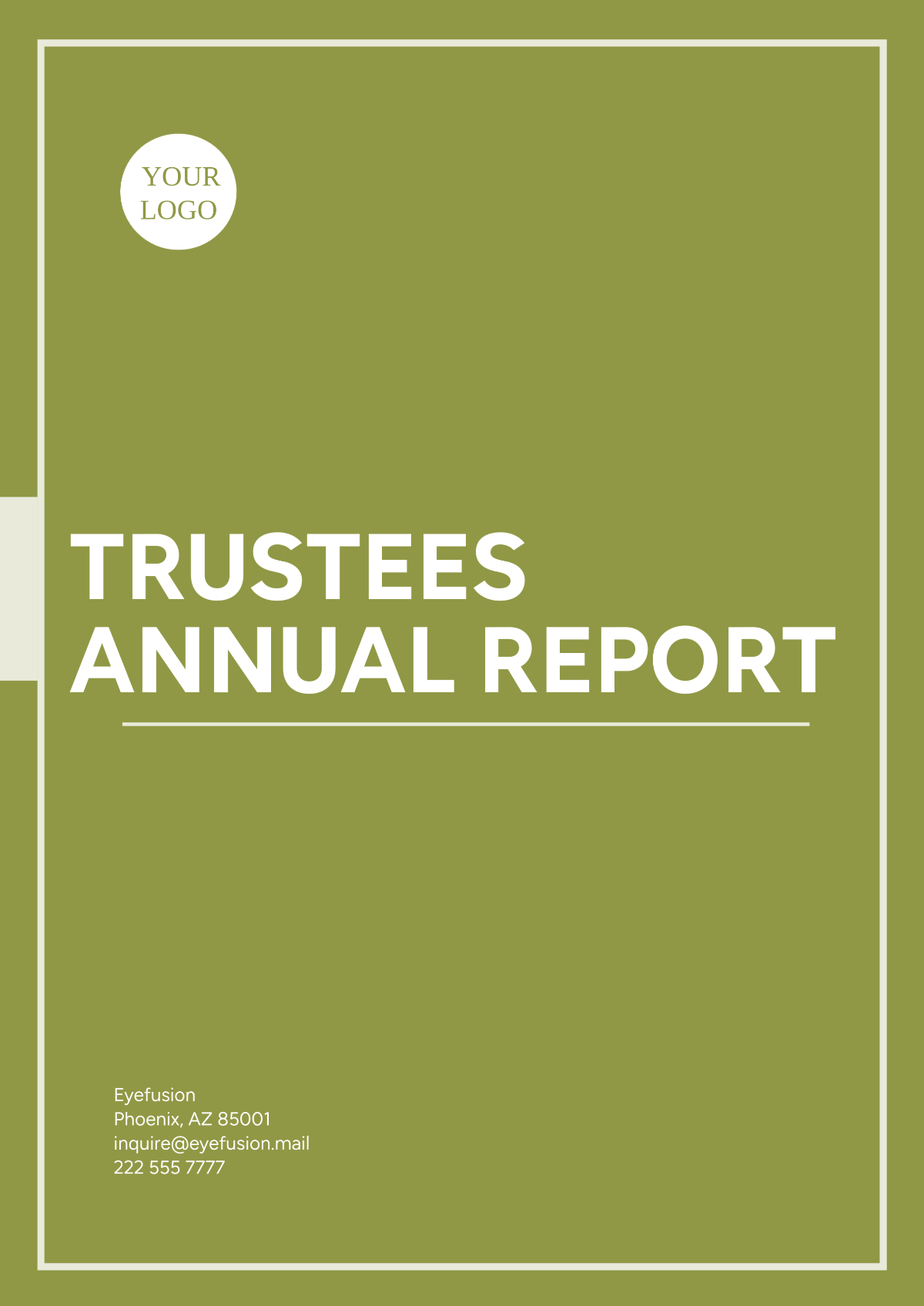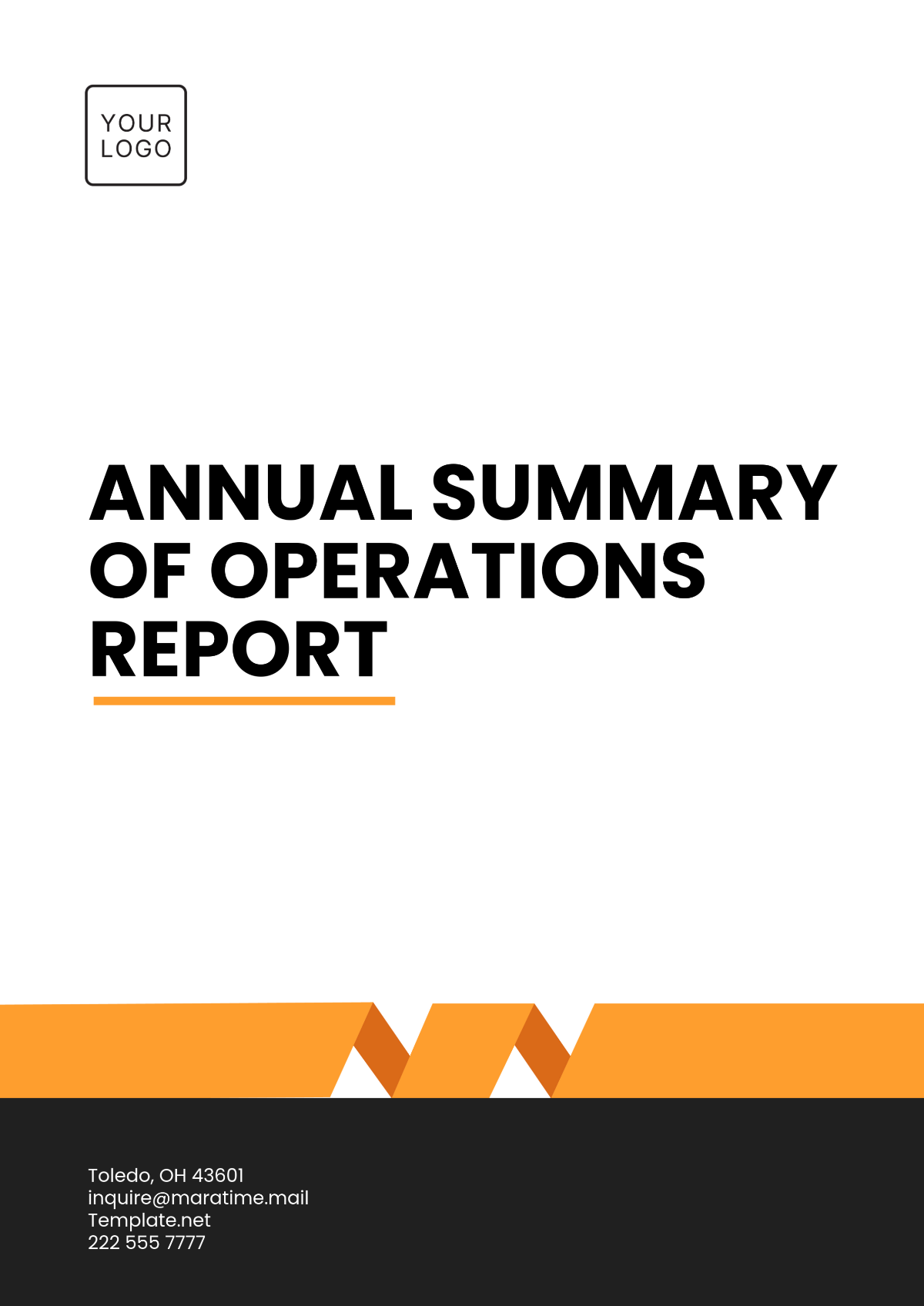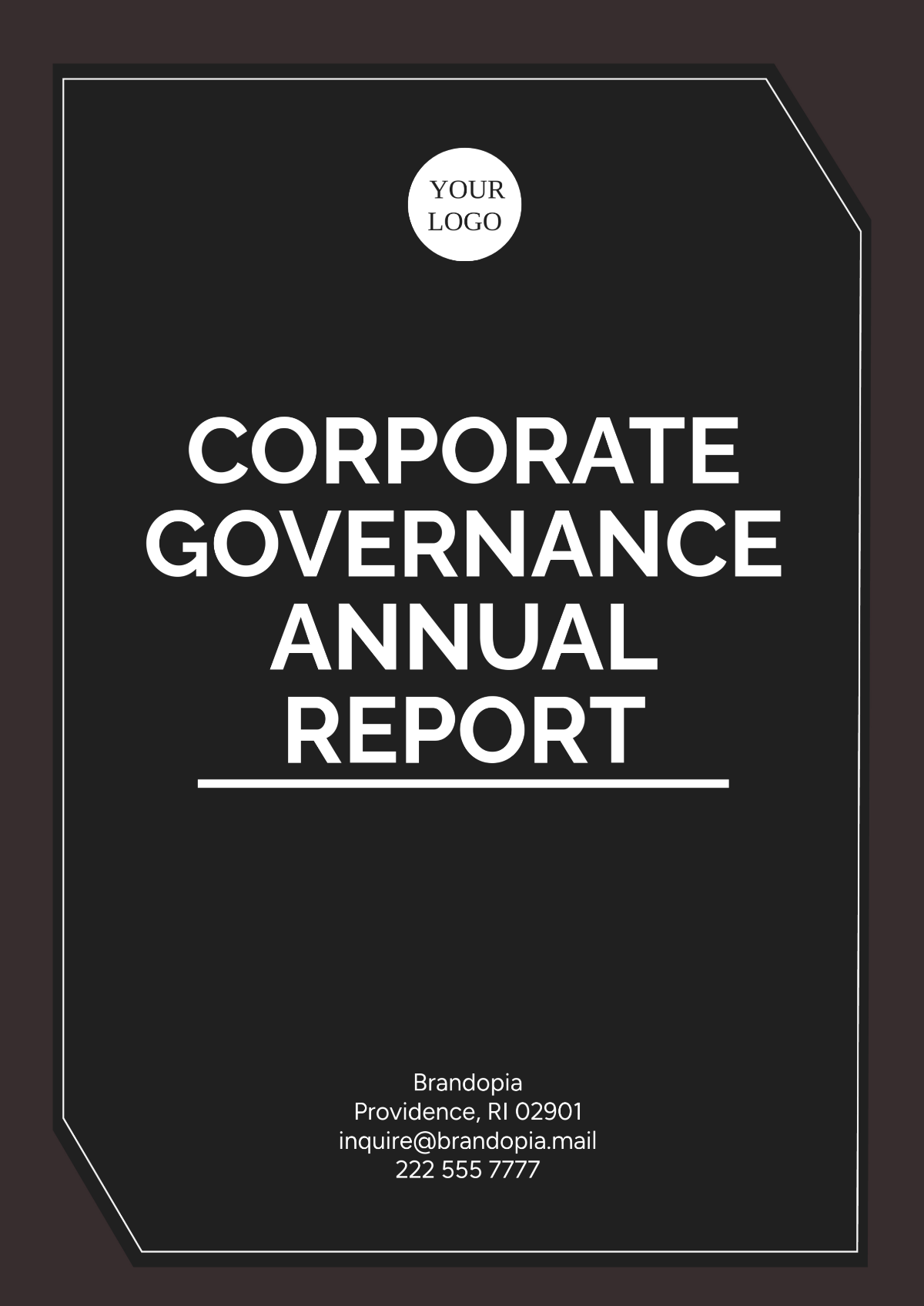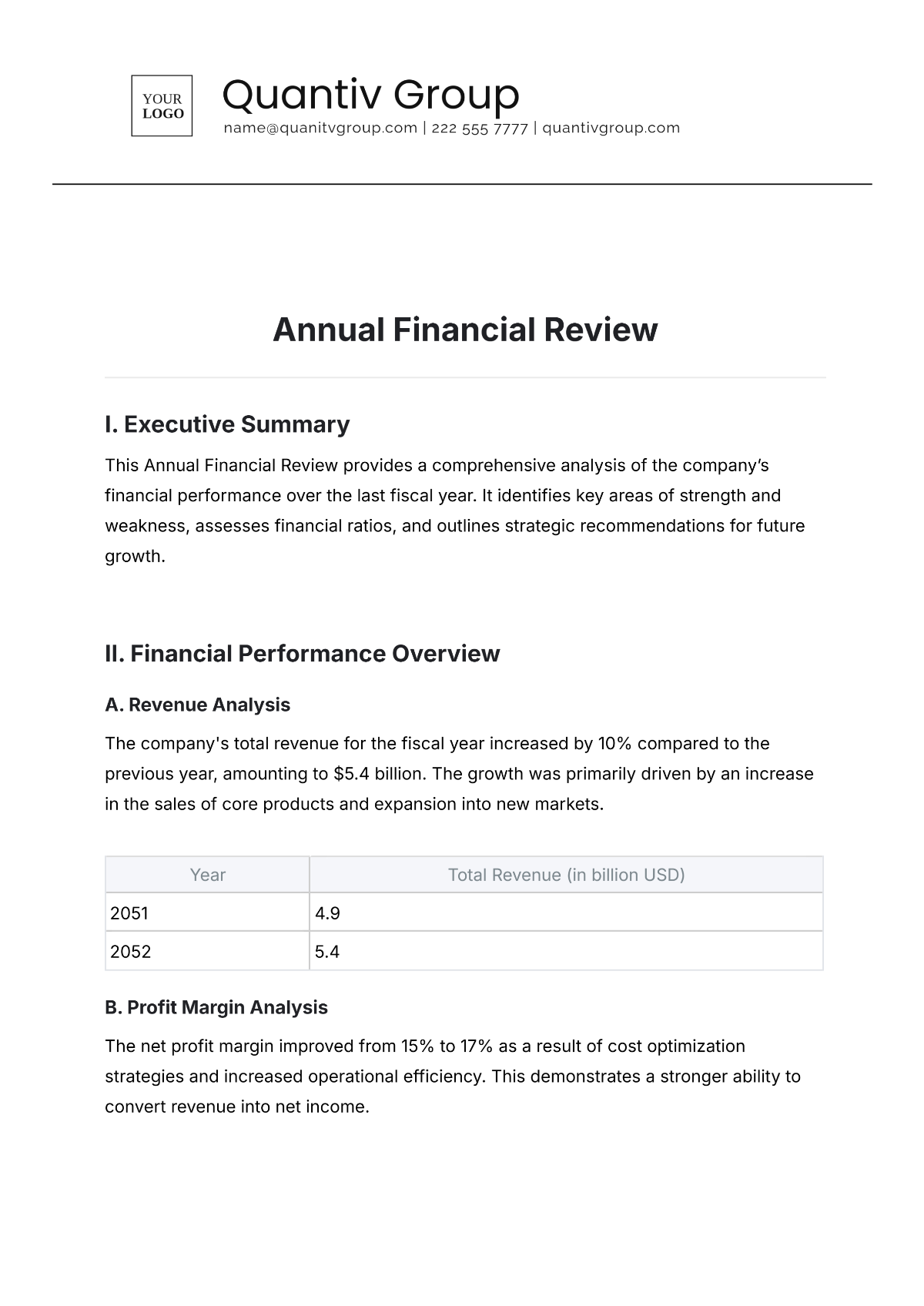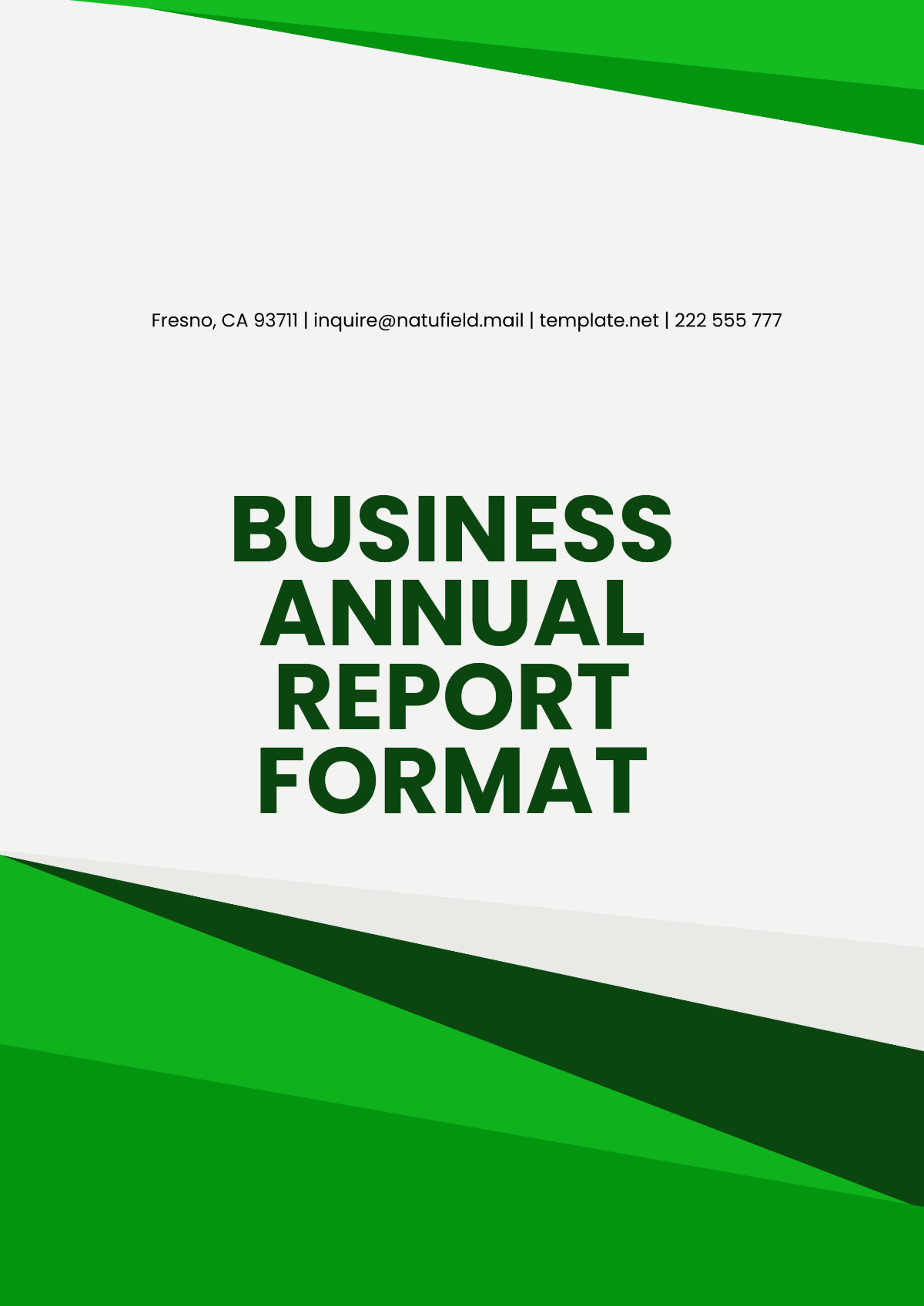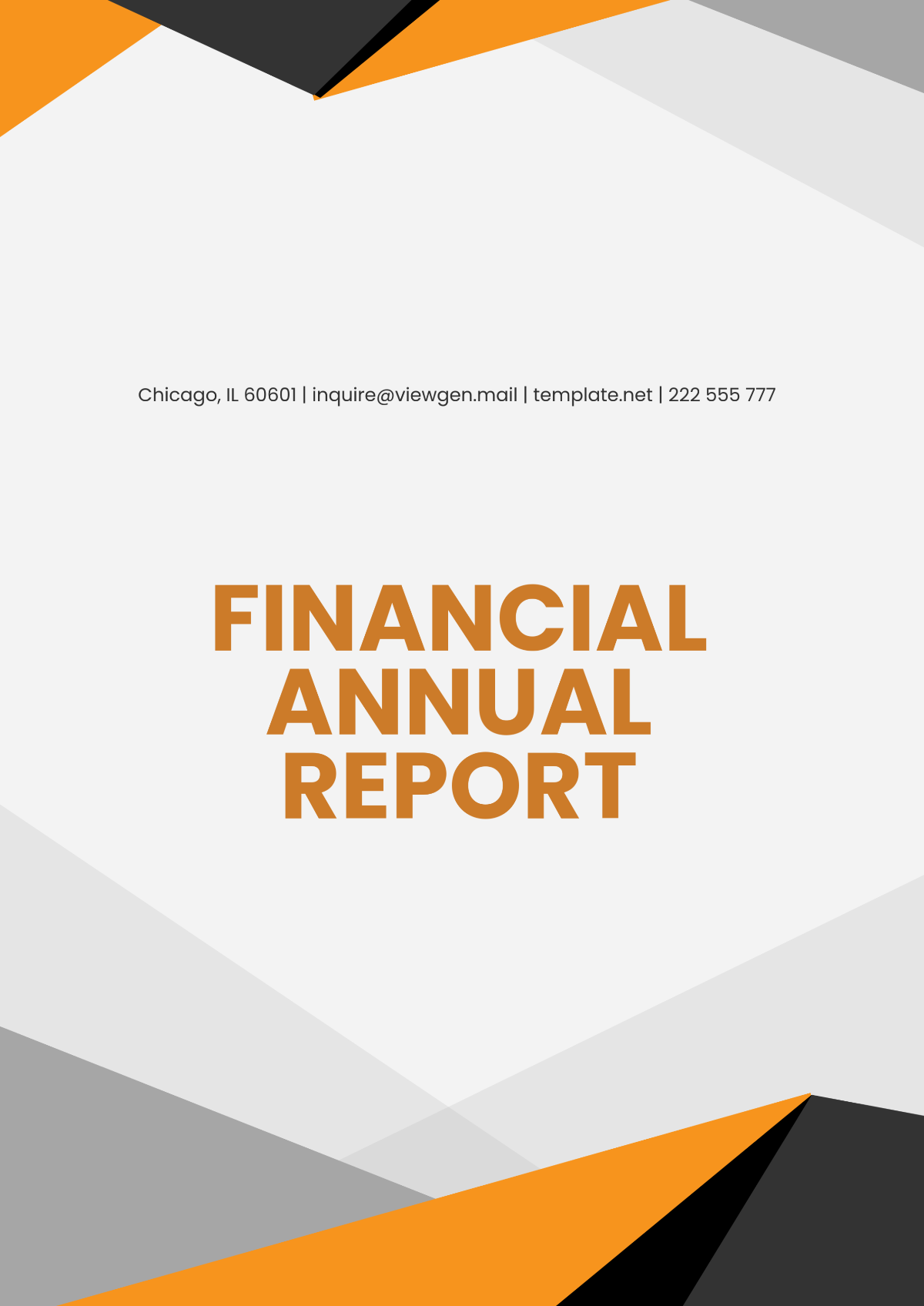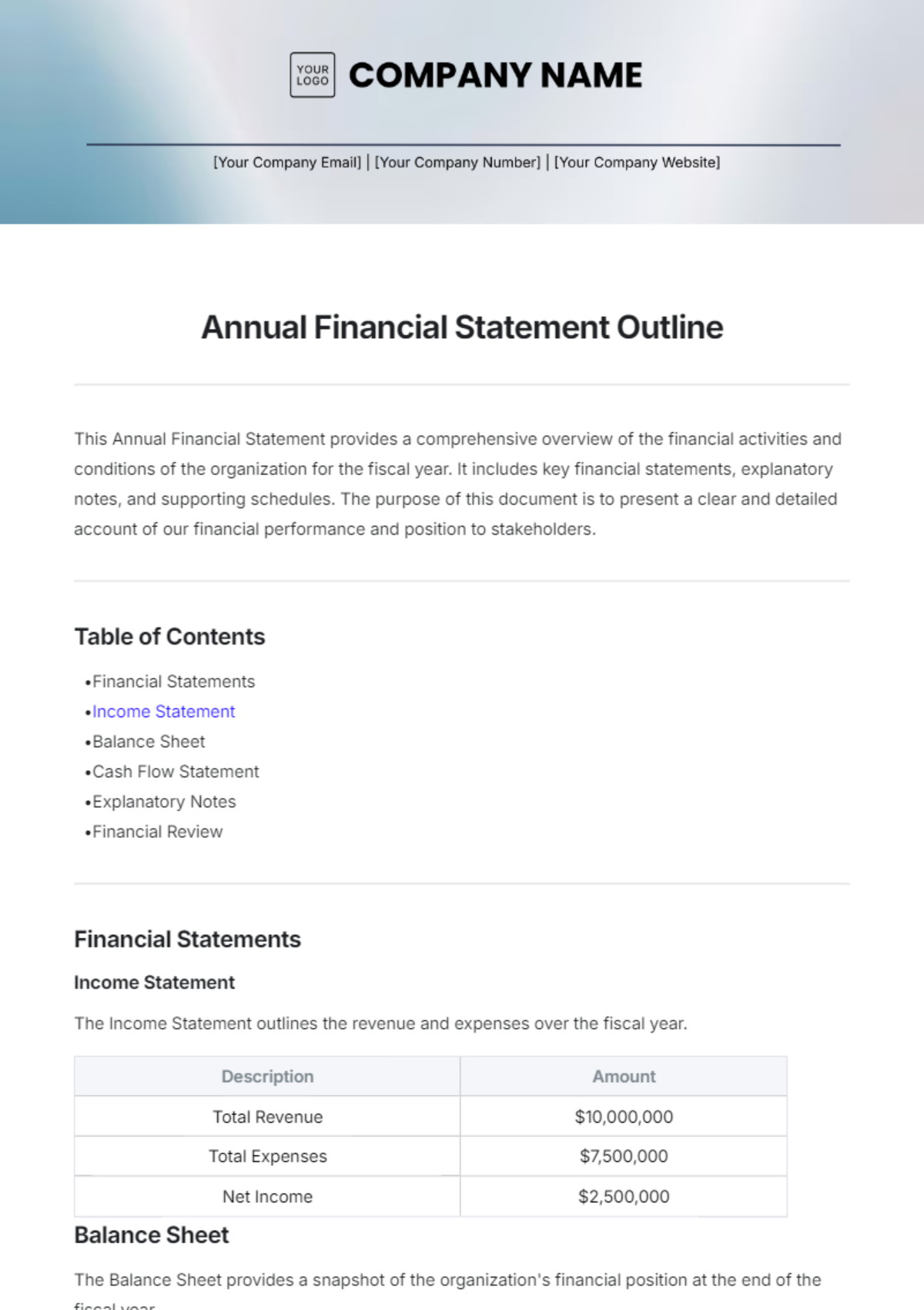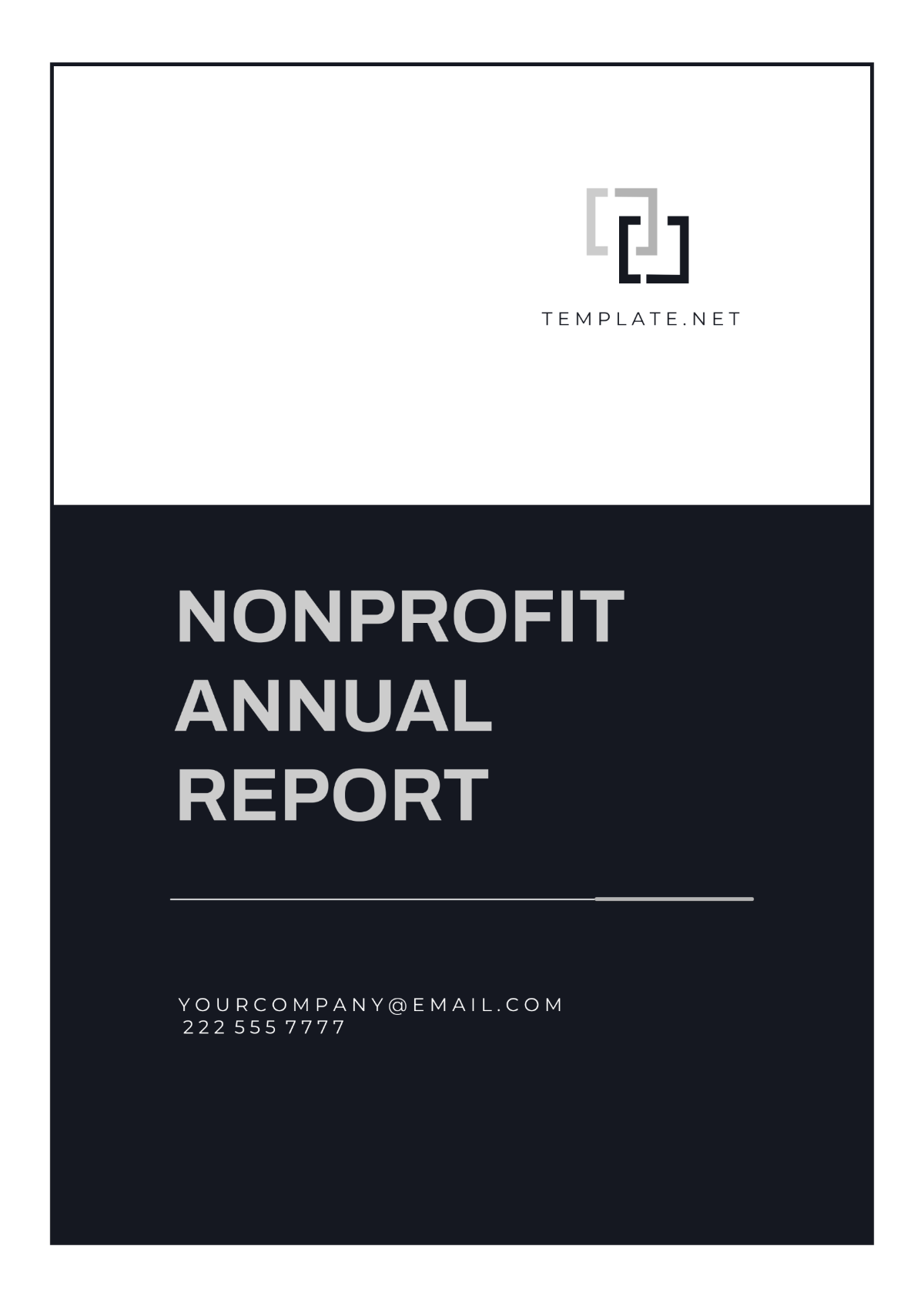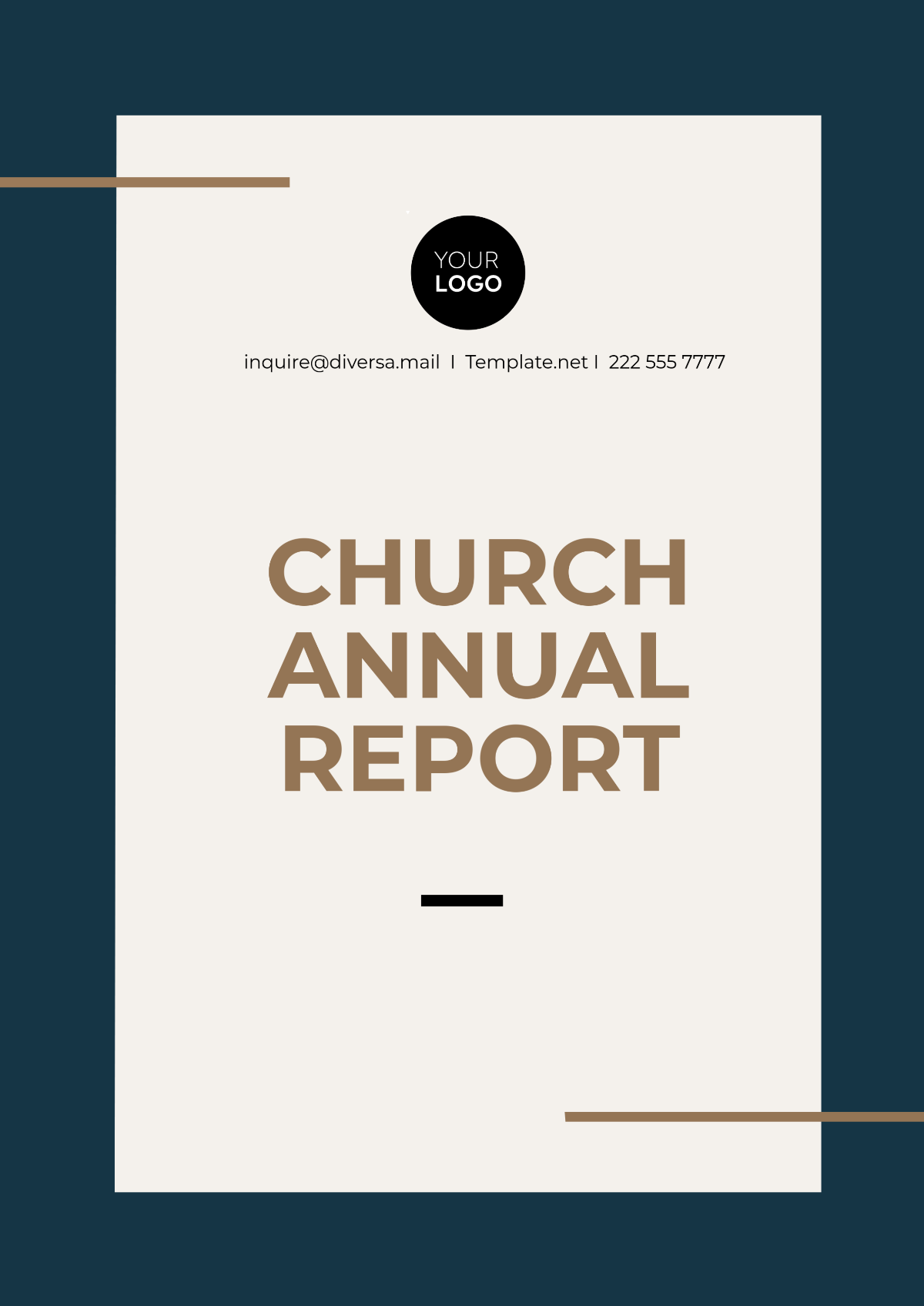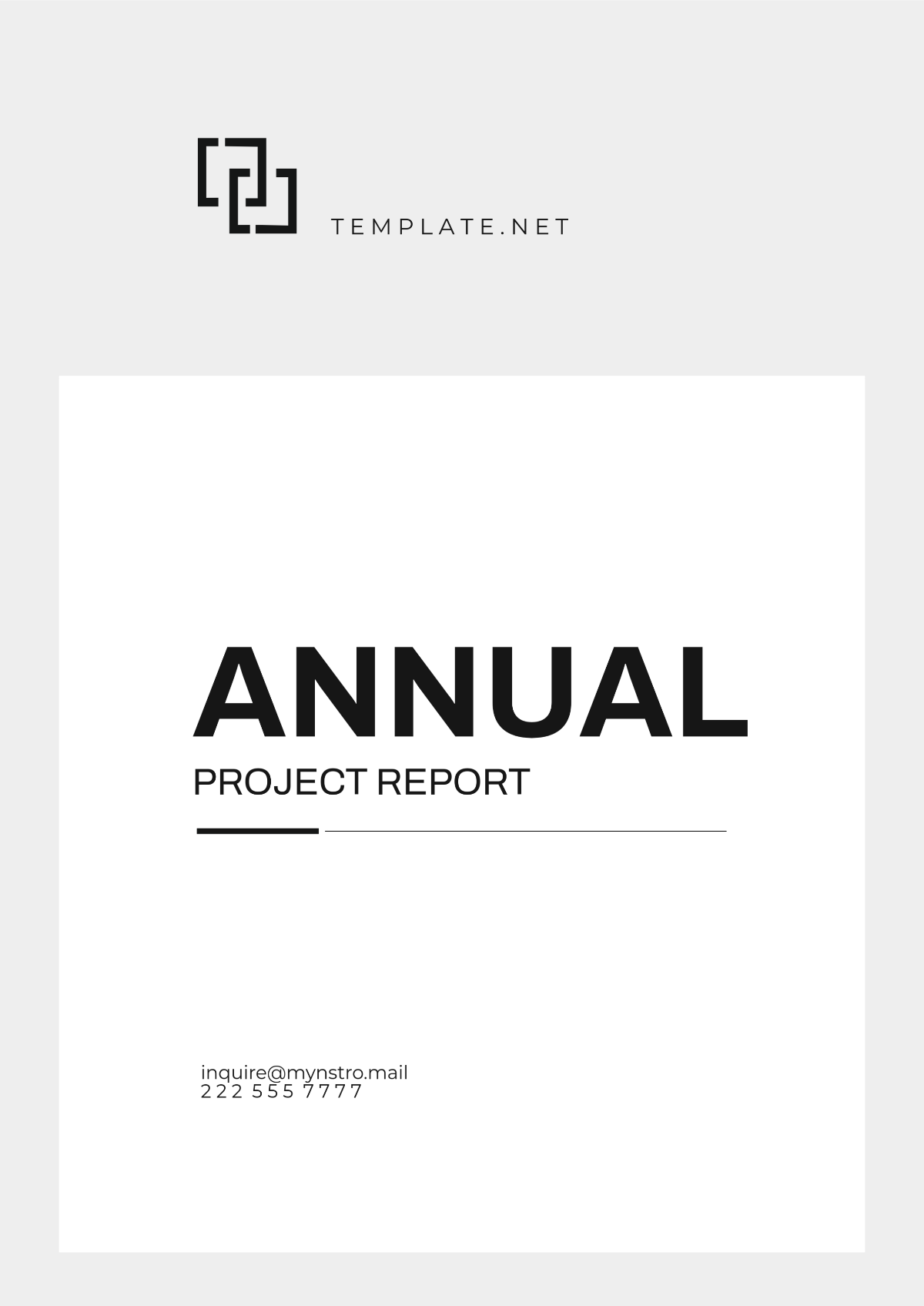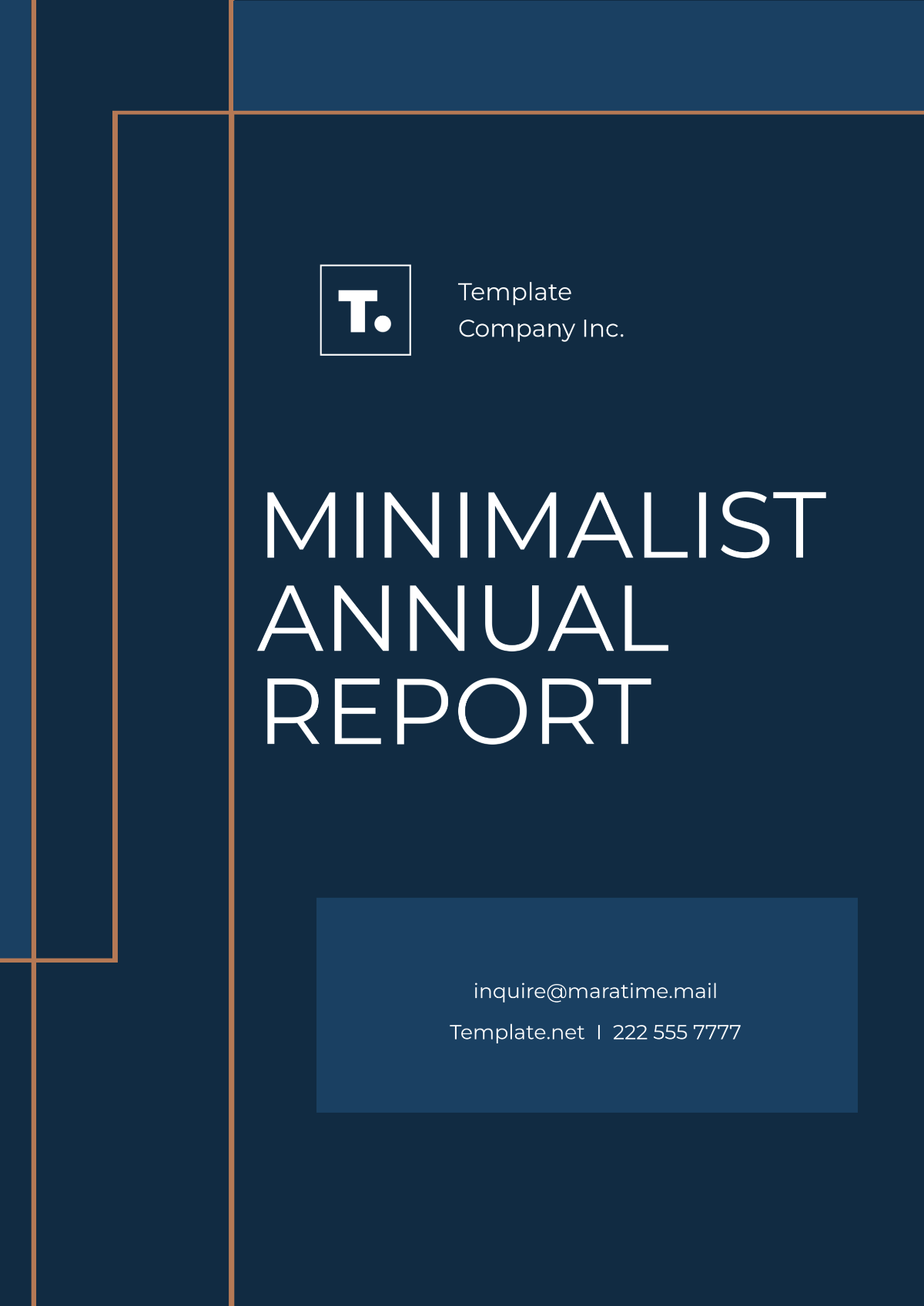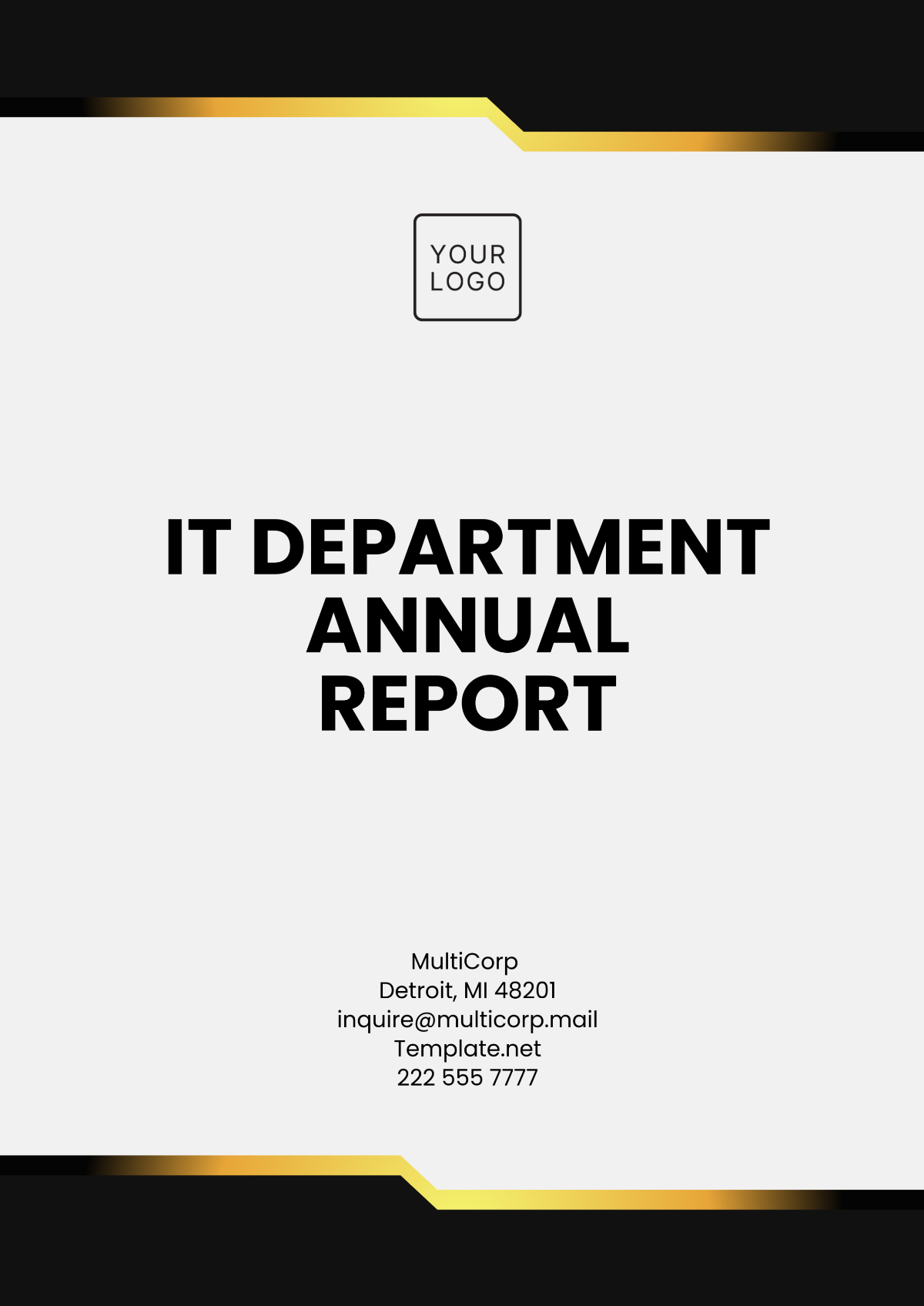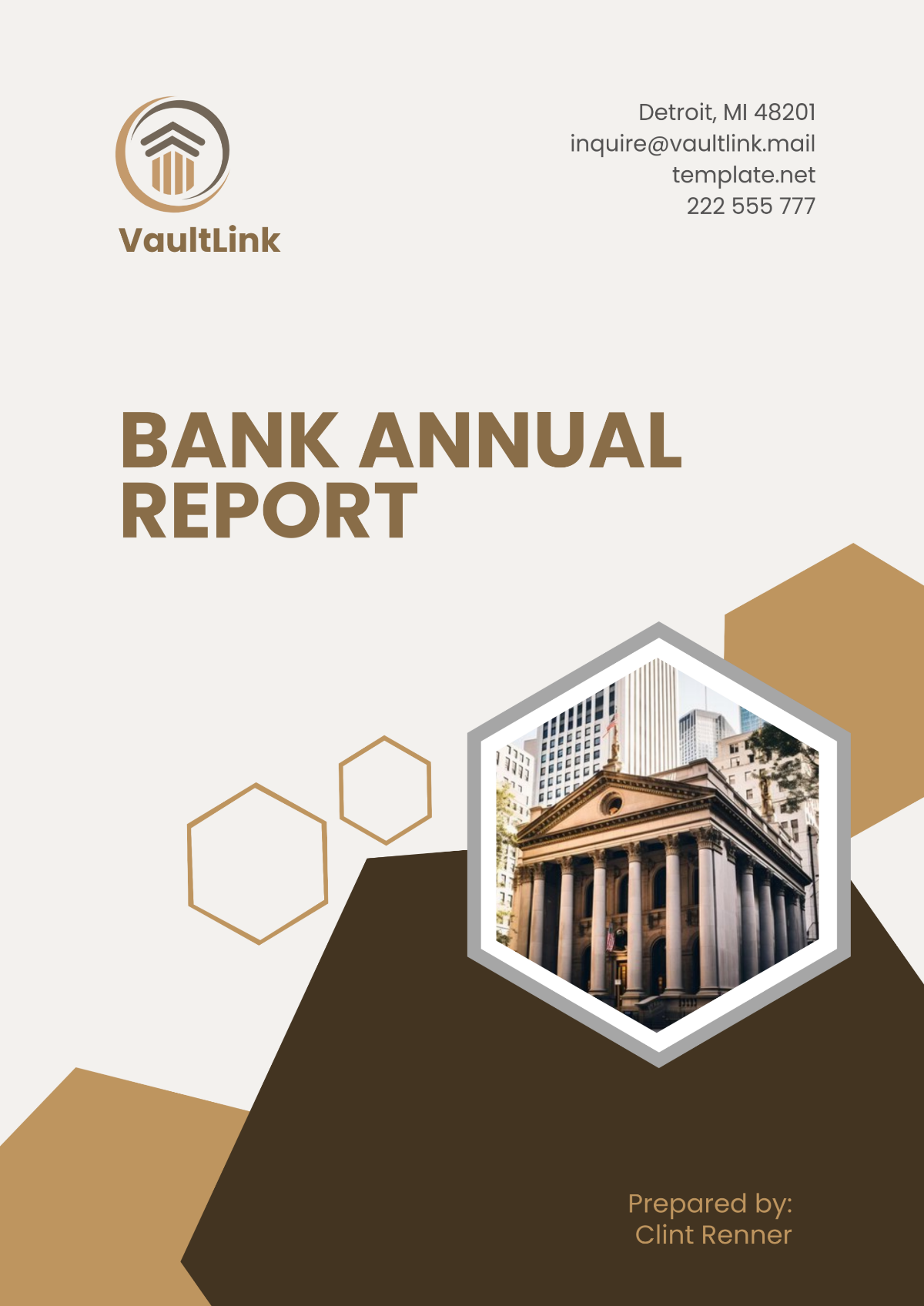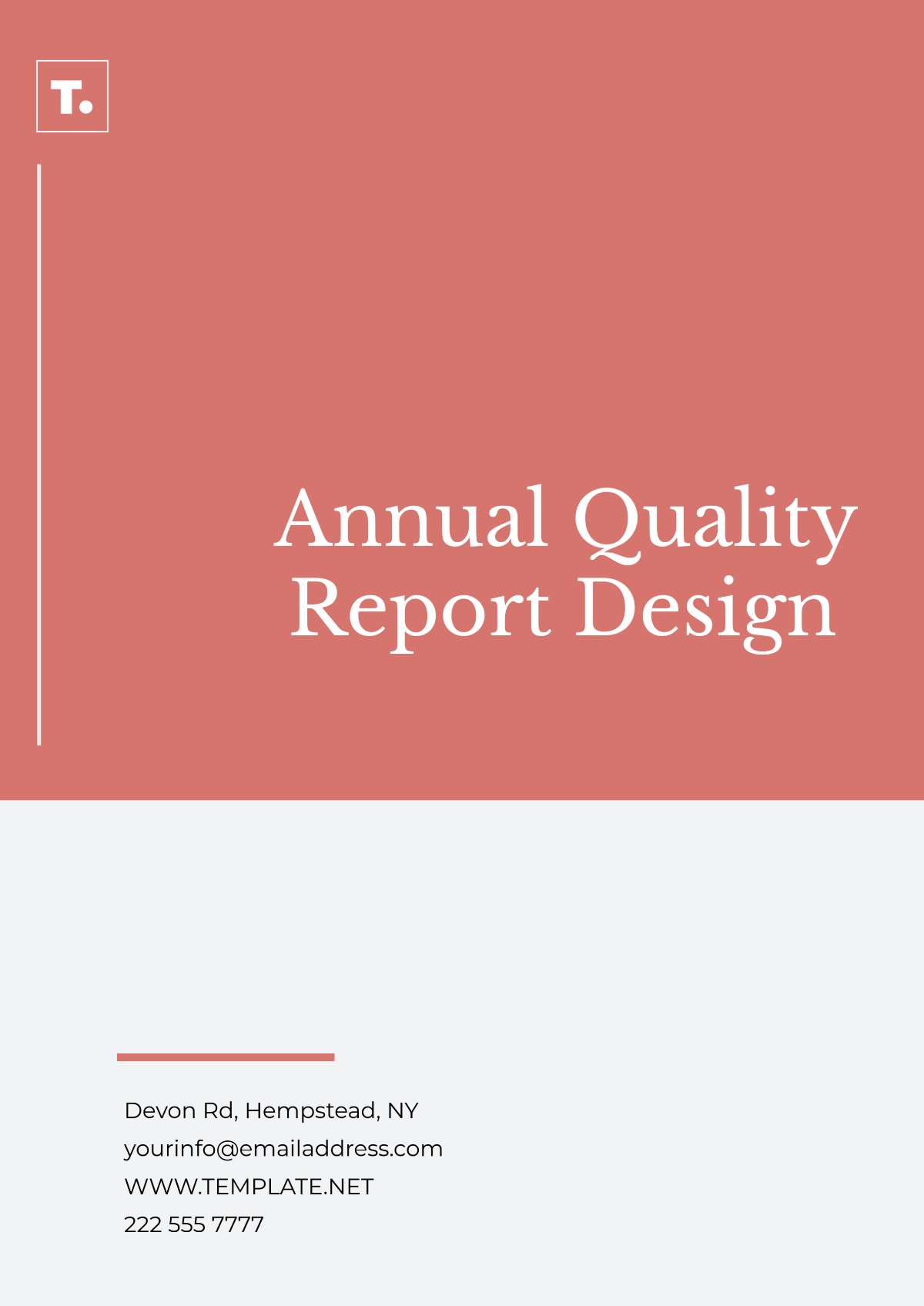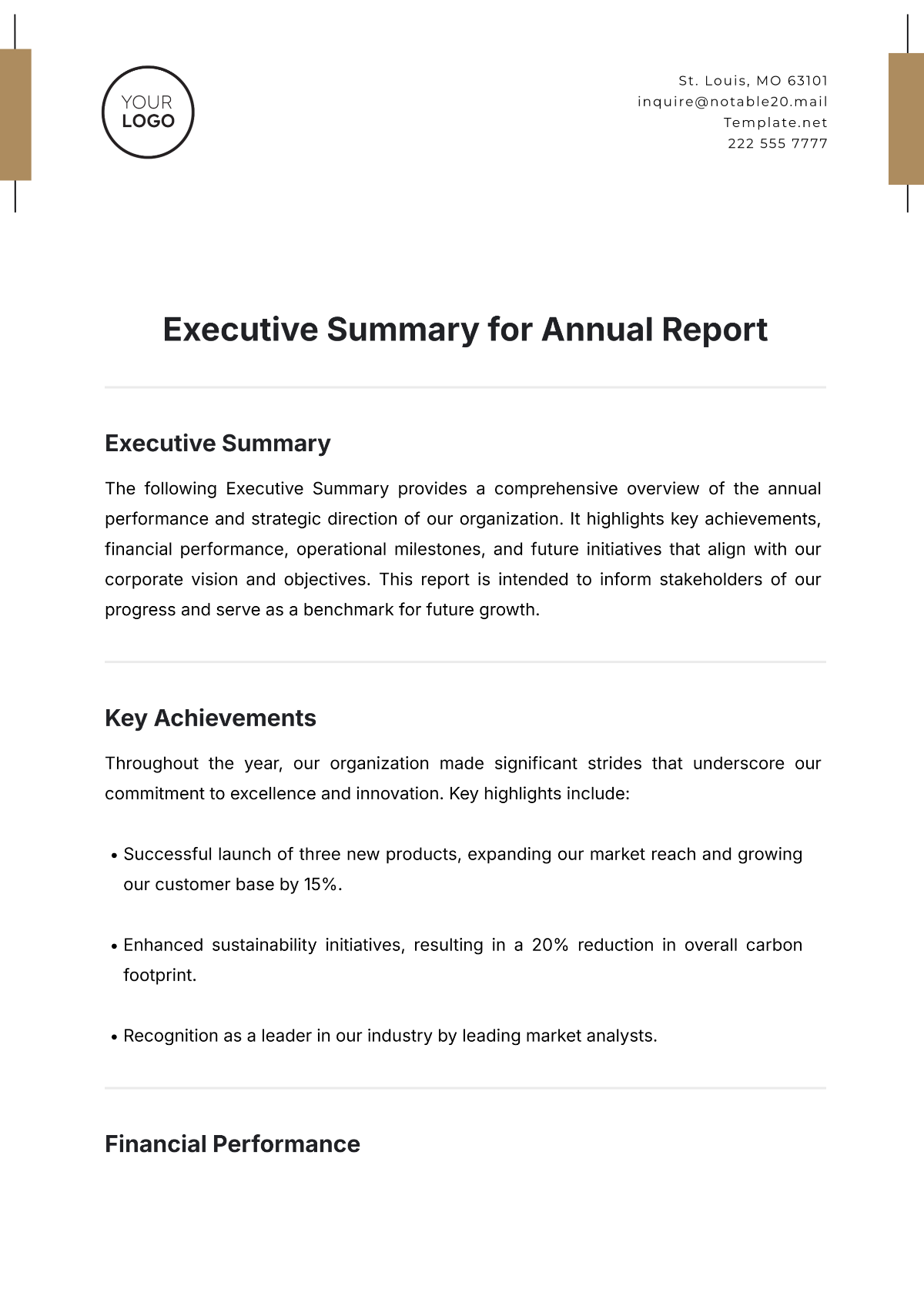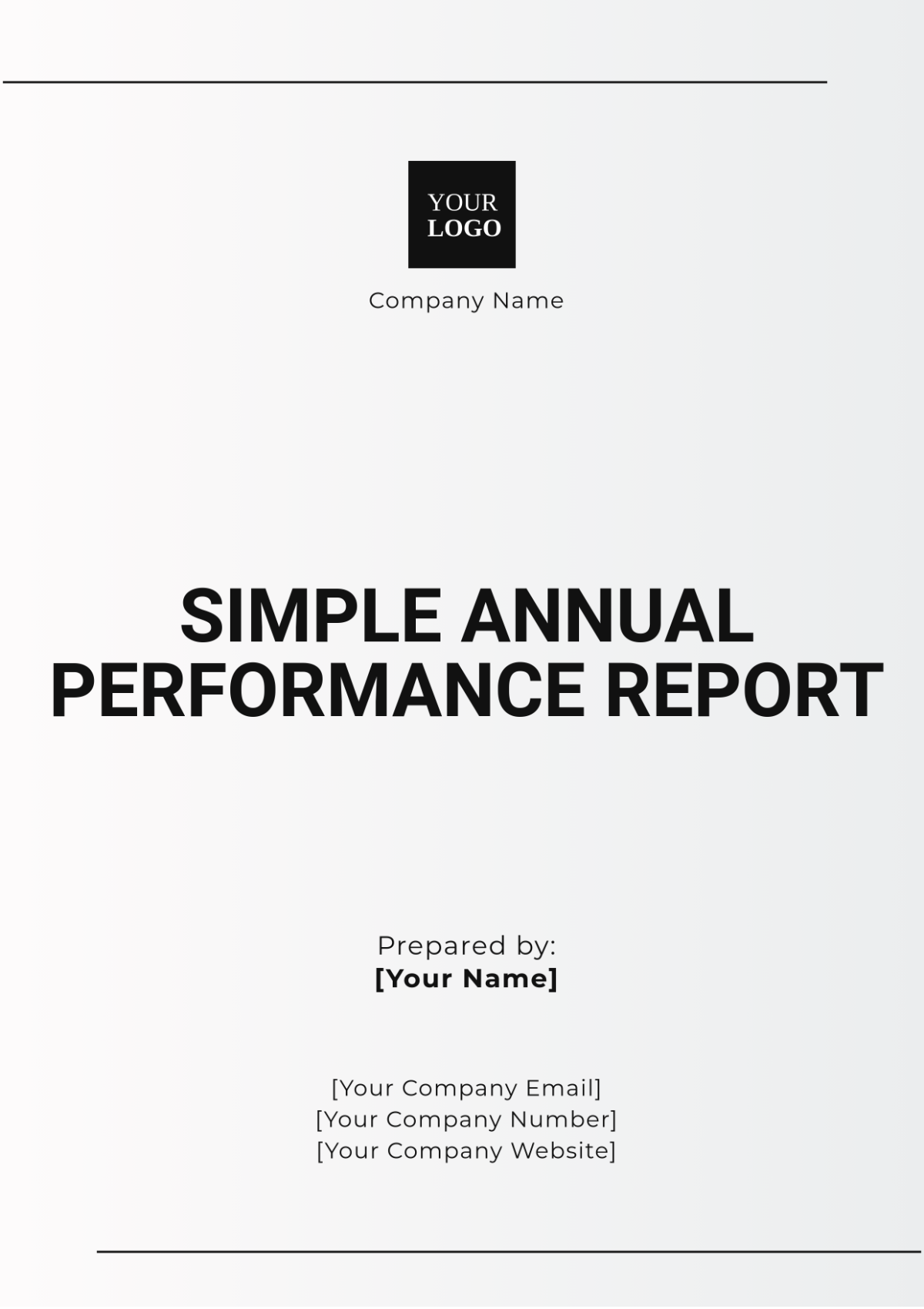Annual Report Executive Summary
Prepared by: [YOUR NAME]
[Your Position]
[Your Company Name]
Date: [DATE]
Introduction:
This executive summary provides an overview of the annual report for [YOUR COMPANY NAME] for the fiscal year ending [DATE]. The report highlights key financial performance metrics, strategic initiatives, achievements, challenges, and future outlook during the reporting period. As a multinational corporation, [YOUR COMPANY NAME] continues to demonstrate resilience and innovation in navigating global market dynamics.
Key Findings:
The annual report reveals several key findings, including:
Financial Performance: [YOUR COMPANY NAME] achieved robust financial results, with total revenue increasing by [Percentage]% to reach [Revenue Amount]. Net profit margin expanded to [Percentage]%, reflecting improved operational efficiency and effective cost management.
Market Expansion: Strategic initiatives in market expansion led to significant growth in emerging markets, with [YOUR COMPANY NAME] strengthening its presence through targeted investments and partnerships.
Innovation and R&D: Continued investment in research and development (R&D) enabled [YOUR COMPANY NAME] to introduce innovative products and solutions, enhancing competitiveness and driving market differentiation.
Digital Transformation: Accelerated digital transformation efforts resulted in streamlined operations, enhanced customer experiences, and new business opportunities for [YOUR COMPANY NAME].
Sustainability and Corporate Responsibility: [YOUR COMPANY NAME] remained committed to sustainability and corporate responsibility, implementing initiatives to reduce environmental impact, promote diversity and inclusion, and support local communities.
Challenges Faced:
Despite the achievements, [YOUR COMPANY NAME] encountered several challenges during the fiscal year, including:
Economic uncertainties and market volatility impacting consumer spending and demand.
Regulatory changes and geopolitical tensions affecting business operations and supply chain resilience.
Competition from emerging players and disruptive technologies requiring continuous innovation and adaptation.
Strategic Initiatives:
In response to the challenges and opportunities, [YOUR COMPANY NAME] implemented the following strategic initiatives:
Cost Optimization: [YOUR COMPANY NAME] initiated cost optimization measures to improve operational efficiency and preserve profitability amid economic uncertainties.
Customer Experience Enhancement: [YOUR COMPANY NAME] focused on enhancing customer experience through personalized services, digital innovation, and improved product offerings.
Risk Management: Strengthened risk management frameworks and contingency plans to mitigate potential risks and uncertainties in the business environment.
Talent Development: [YOUR COMPANY NAME] invested in talent development programs to foster employee skills, engagement, and retention in support of long-term growth objectives.
Future Outlook:
Looking ahead, [YOUR COMPANY NAME] remains cautiously optimistic about future prospects. By capitalizing on its strengths, addressing challenges, and seizing emerging opportunities, [YOUR COMPANY NAME] aims to:
Drive sustainable growth and profitability through innovation, market expansion, and strategic partnerships.
Enhance resilience and agility to navigate evolving market dynamics and mitigate potential risks.
Uphold commitment to sustainability, corporate responsibility, and stakeholder value creation.
Conclusion:
In conclusion, [YOUR COMPANY NAME] has demonstrated resilience and adaptability in achieving strong financial performance, driving strategic initiatives, and overcoming challenges during the fiscal year. With a clear focus on innovation, customer-centricity, and sustainability, [YOUR COMPANY NAME] is well-positioned to capitalize on opportunities and navigate uncertainties in the ever-evolving global marketplace.


